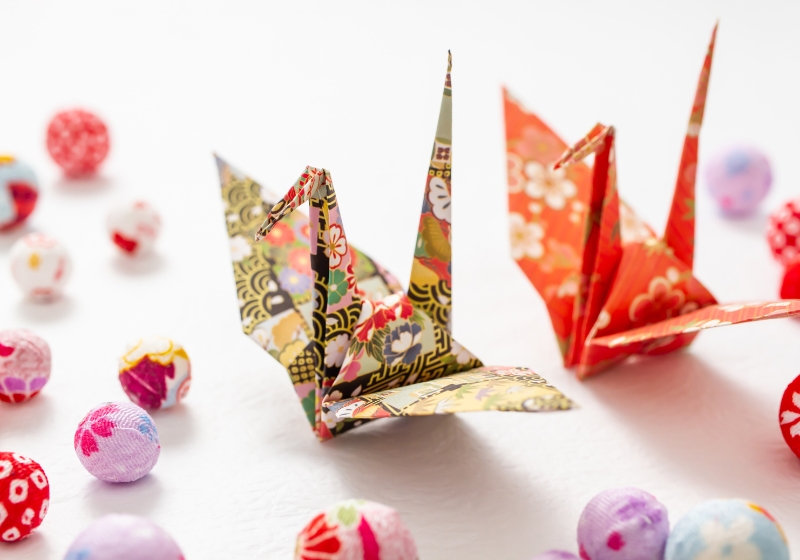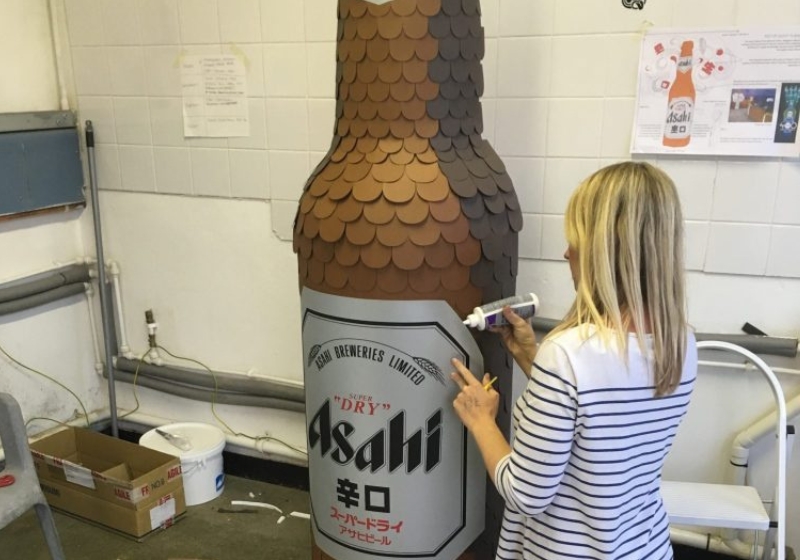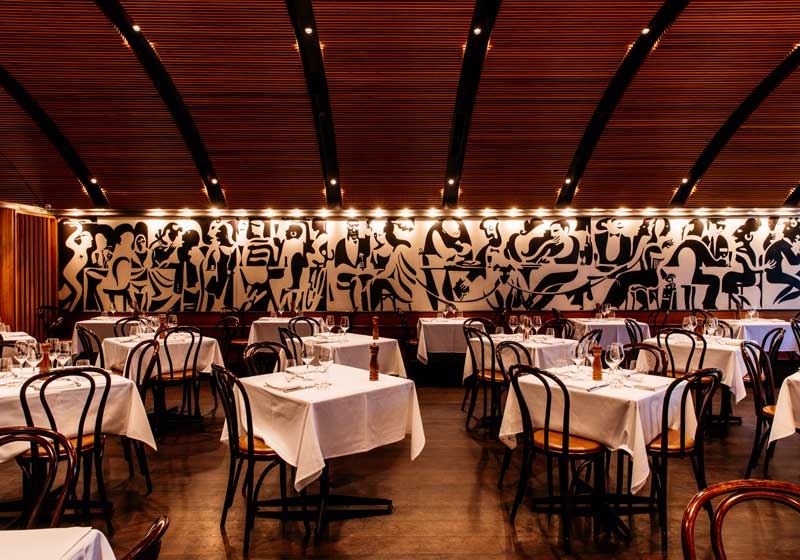By Laura Rancie.
Deeply rooted in culture, the ancient art of paper folding - origami - is more than just a craft or hobby to the Japanese.
Believed to have originated in Japan around the 17th Century, one of its earliest forms was called ‘tsutsumi’, which involved wrapping objects to protect or present them. Over time, this practice evolved into more complex forms of paper folding, eventually leading to the art form we know today as origami.
Just like the Italian Renaissance was a time when art forms flourished and changed the cultural landscape, so did origami between 1603 to 1868, where a period of relative peace and prosperity in Japan allowed the arts to flourish. Using origami as a recreational pastime, people of all ages and social classes enjoy the art form.

The Paper Crane:
One of the most famous origami designs from this period is the 'ori-hime' (folded paper crane), which is said to bring good luck and is often given as a gift on special occasions. The crane has since become a symbol of peace and hope, particularly in the aftermath of World War II when the story of Sadako Sasaki, a young girl who folded more than a thousand cranes while battling leukemia, captured the hearts of people around the world.
Origami continued to evolve in the modern era with artists pushing the boundaries of the art form and creating increasingly complex and intricate designs. Today, origami is not only a popular pastime in Japan but is also practised and appreciated worldwide.

Other Forms of Paper Craft:
In addition to origami, Japan has a long history of paper craft, including 'kirigami' (paper cutting) and 'kami-ningyo' (paper dolls). Kirigami like origami has its roots in traditional Japanese culture and is often used to create decorative designs for festivals and celebrations. Kami-ningyo on the other hand are paper dolls that are made by folding and cutting paper into intricate shapes, often representing characters from Japanese folklore and history.
Inspiring Modern Artists:
Stunning creations can be found widely on creator platforms like Instagram and Pinterest, where artists use paper as their choice of preferred medium to invent, create and tell a story.

Lisa Lloyd (pictured above during one of her client projects) is one such artist using paper craft to create narrative, form and texture through her designs and imagination, building a successful career where industries seek out her work in their marketing and design, with clients ranging from cosmetics retailer MAC to the British Heart Foundation and even Japanese beer, Asahi.
For the crafter in all of us, or to experiment for the first time with origami, Minimaru (pictured below) has an extensive range of paper, kits, washi tapes and other Japanese paper goods for the keen artist or child in all of us.










